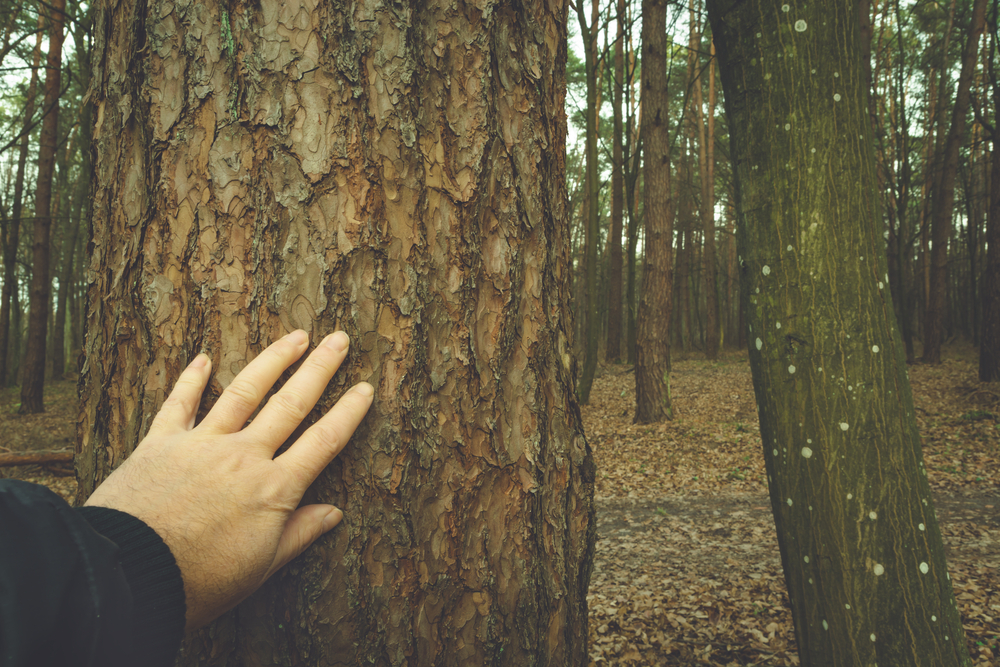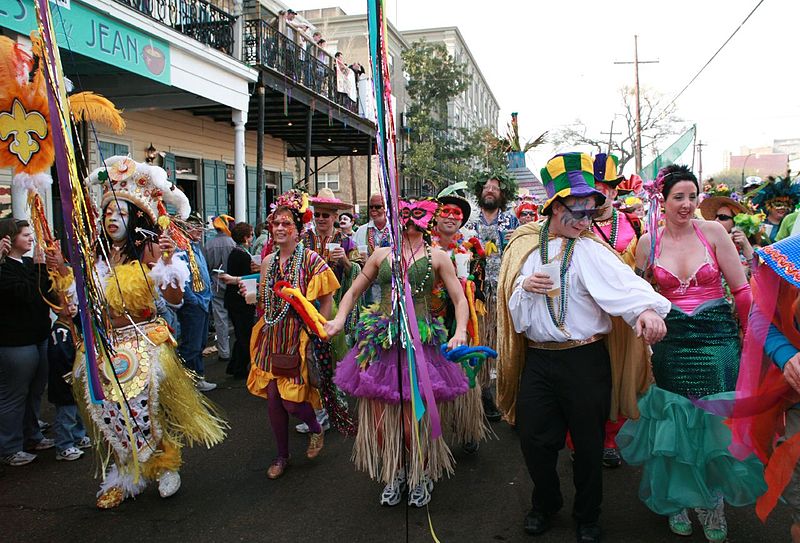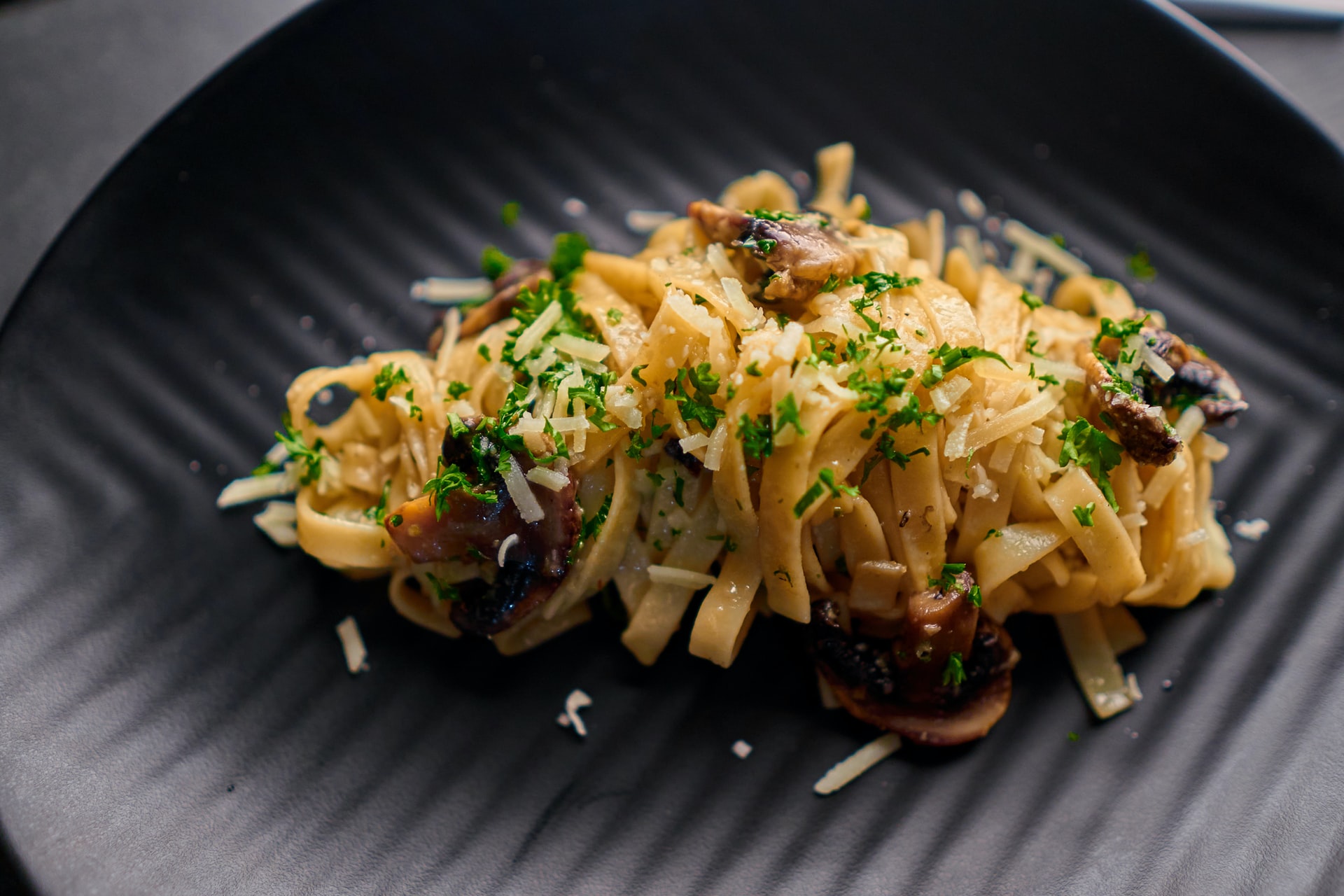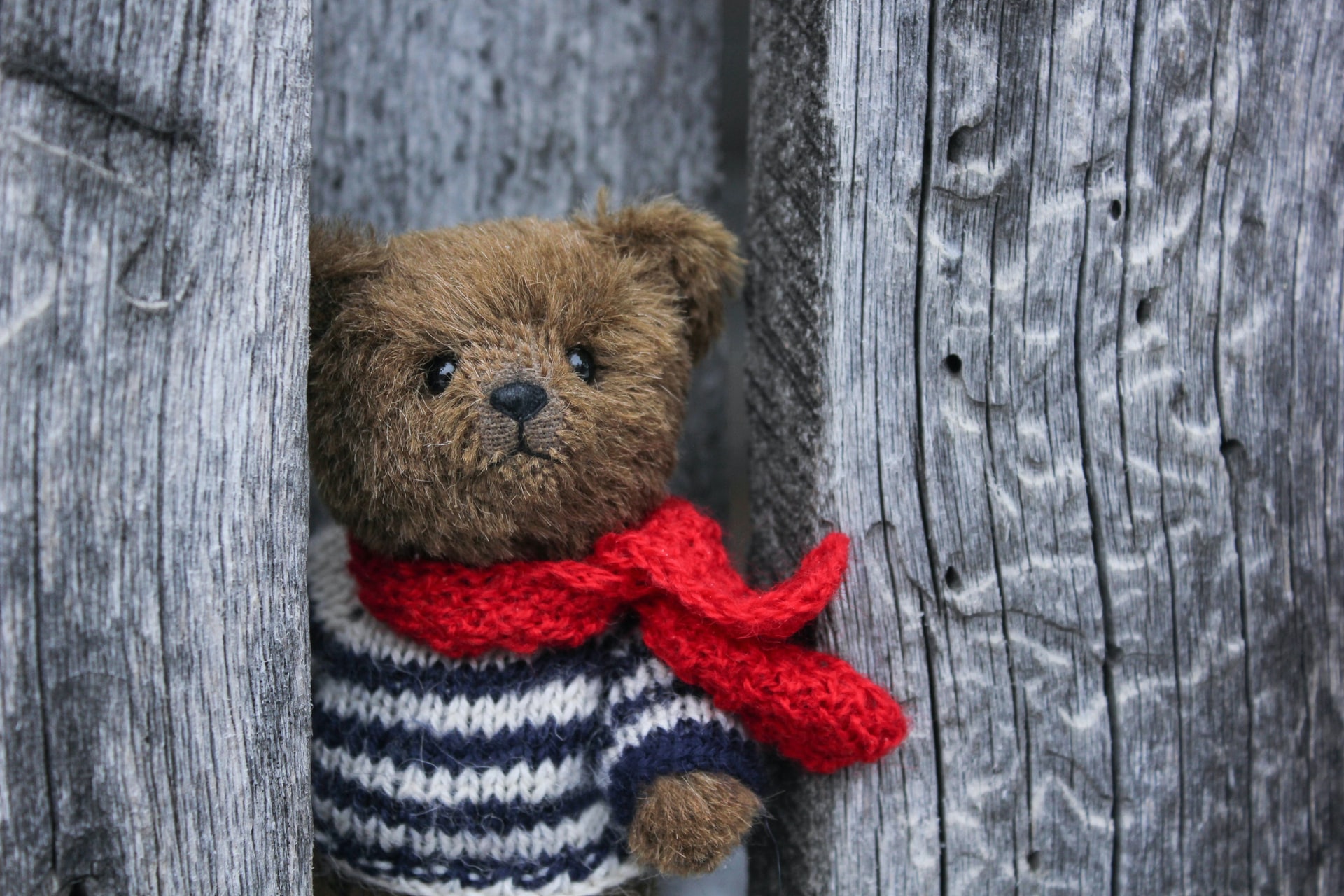Reading Time: 2 minutes
- As per the Bible, Jesus was crucified on a day called Good Friday and then he came back to life on Easter Sunday.
- So, on Easter, Christians celebrate the resurrection of Jesus Christ by spending time at church in thought & prayer and getting together with friends/family.
- Now, traditionally, 46 days before Easter Sunday, a period of self-reflection known as Lent starts.
- Lent (46 days = 40 fasting days + 6 Sundays) involves fasting and surrendering things such as meat, smoking, & alcohol, etc. and originally eating eggs was also not allowed during the week leading up to Easter (known as Holy Week).
- And any eggs laid during the Holy Week were saved and decorated to make them Holy Week eggs, which were then given to children as gifts.
- This is how Easter eggs came into the picture; chocolate eggs were introduced in the 19th century in Europe.
- The emergence of the Easter bunny, however, is not as straightforward but historians believe it is to do with the rabbit being the symbol of fertility (and, therefore, “new life” which is what Easter is about).
- This theory suggests that the rabbit symbol comes from paganPeople in Europe and parts of Africa (territories that were a part of the Roman Empire) who believed in the worship of multiple gods. tradition, specifically the festival of Eostre—a goddess of fertility whose animal symbol was a bunny.
- Bunnies reproduce very fast — the gestation period is just 1 month, so a female rabbit can become pregnant several times a year and produce 3 to 9 babies (maybe more) each time — and so, for a long time they symbolised fertility.
- This association is believed to have begun in Germany and when the German immigrants settled in Pennsylvania, US in the 17th and 18th centuries, they brought this custom to America.
- While bunnies give birth to a big litter of babies (called kittens), Germans brought with them their tradition of a special “egg-laying bunny” called “Osterhase” or “Oschter Haws.”
- German children made nests for this bunny so it could lay its colored eggs in it.
- It is from here that the tradition expanded to include bunny chocolates and candies and gifts, while decorated baskets replaced nests.
Image courtesy of Adam Nieścioruk through Unsplash
Reference shelf :






















